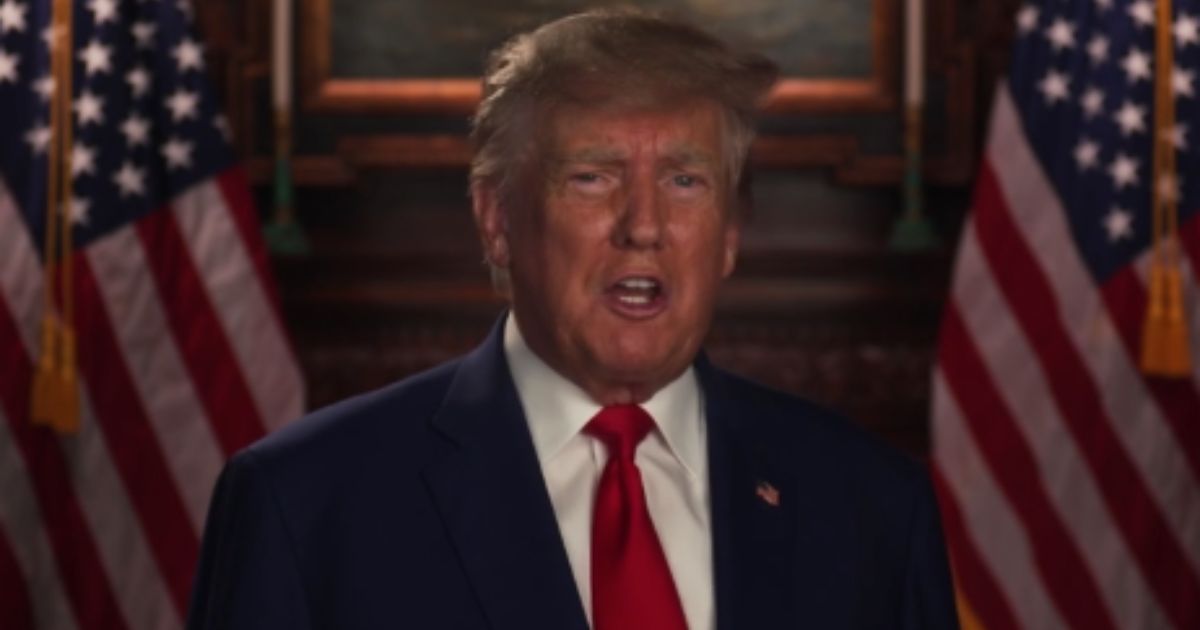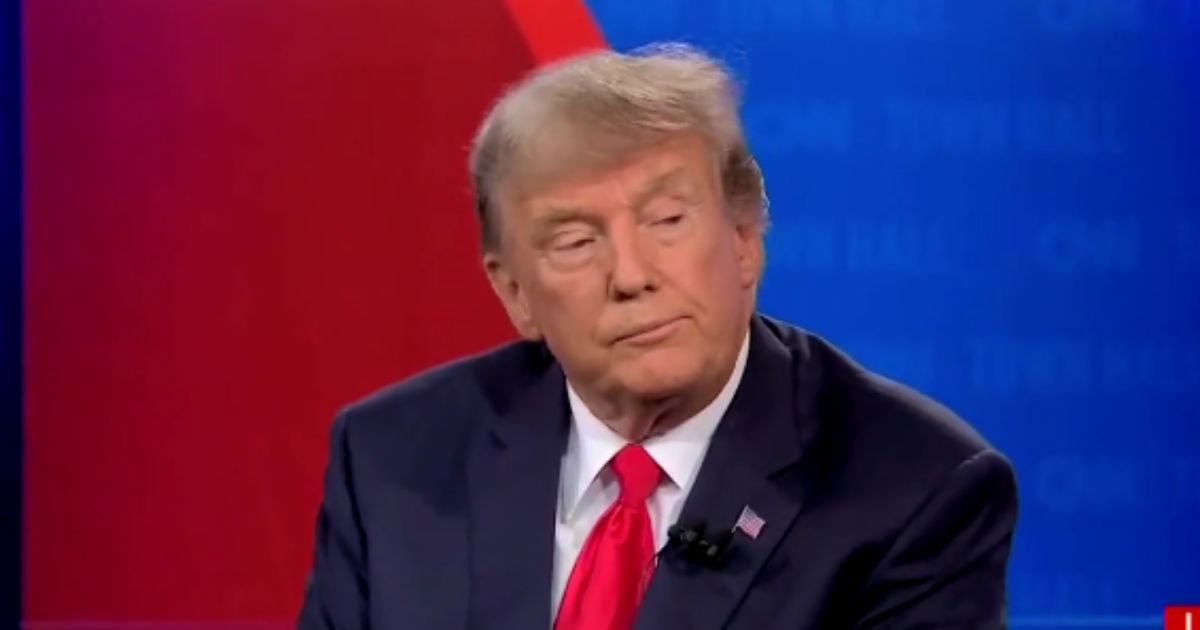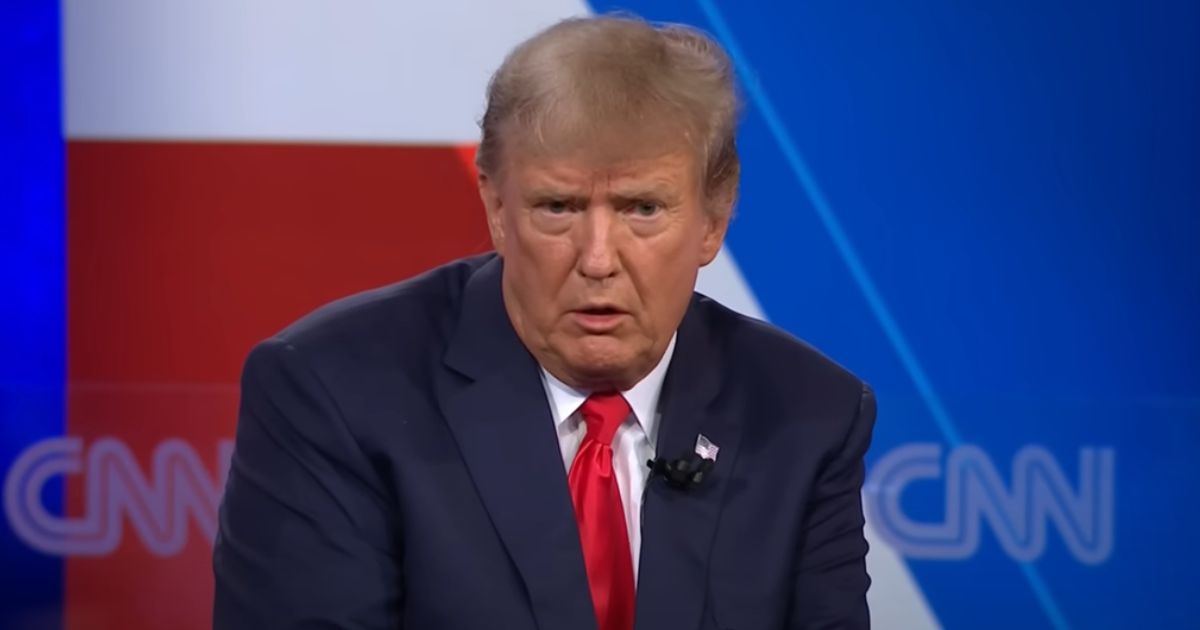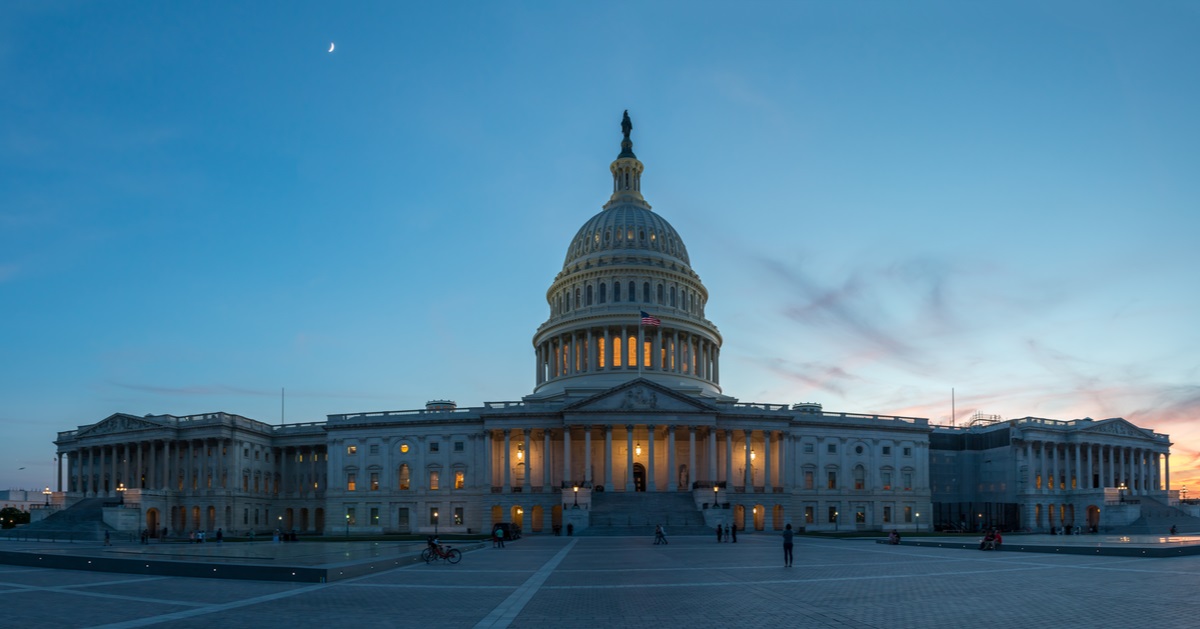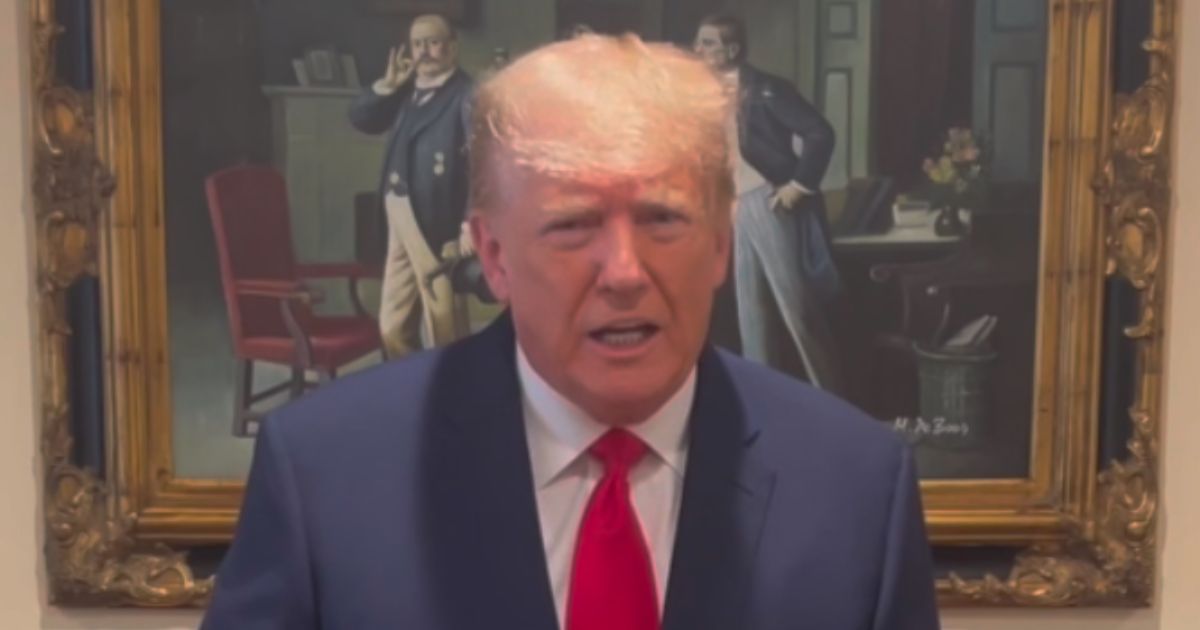Secret Service Chief Accused of Cutting Resources Before Trump Rally Attack
Amid rising concerns over the safety of high-profile public figures, whistleblowers have called into question the Secret Service's handling of former President Donald Trump's security.
A whistleblower has alleged that reductions in Secret Service personnel directly impacted security at the Pennsylvania rally at which former President Donald Trump was attacked, as the New York Post reports.
On July 13, during a rally in Butler, a harrowing scene unfolded as an assassination attempt was made on Donald Trump.
The former president narrowly escaped, with a bullet grazing his ear. This incident has raised serious questions about the adequacy of the protective measures in place that day.
Whistleblower Accuses Secret Service Chief of Manpower Cuts
A significant part of the controversy stems from a whistleblower's claims against Ronald Rowe, now the acting director of the Secret Service. The whistleblower contends that Rowe had personally directed a reduction of up to 20% in the manpower of the Counter Surveillance Division (CSD), a critical unit responsible for assessing threats at event sites.
Sen. Josh Hawley, representing Missouri, relayed these allegations, emphasizing the gravity of the security lapses. According to the whistleblower, these cuts severely impacted the Secret Service’s ability to perform its usual site evaluations, including at the Butler rally.
Complex Security Failures Outlined at Butler Rally
Further details suggest that not only were manpower cuts an issue, but specific security failures at the event compounded the risk. The whistleblower highlighted the absence of CSD personnel, which normally would handle external threats and react proactively to suspicious activities detected around the perimeter of such a secured event.
It was noted that a potential gunman, later identified as Thomas Crooks, was spotted with a rangefinder -- a device used for measuring distances, which could have been employed to plan the shooting. However, due to the alleged absence of the necessary personnel, he was not detained before the incident unfolded.
Secret Service and Public Safety Under Scrutiny
Adding to the controversy, it was revealed that the shooter was able to gain access to a nearby building outside of the heavy security perimeter set for the rally. The American Glass Research complex, which provided a vantage point for the shooter, had reportedly been overlooked in the security protocols established for the day.
This oversight was particularly alarming, and Hawley pointed to this as a critical breach in protocol that could have been averted had the CSD been fully staffed and operational.
Director Rowe and Secret Service Deny Allegations
In response to the burgeoning scandal, Rowe publicly denied making any cuts to the CSD, asserting his stance at a recent press conference with a firm "I did not." These denials have not quelled the growing dissatisfaction and concern among lawmakers and the public alike.
Previously, Rowe and Hawley had clashed during a Senate oversight hearing, where these issues were brought to light but not resolved to the satisfaction of Senator Hawley and other congressional overseers.
Political and Operational Repercussions Following Security Breach
The unfolding events have had significant ramifications within the Secret Service itself. Following the attack and resultant public and political pressure, Kim Cheatle, then the director of the Secret Service, stepped down from her position, cited by many as a direct consequence of the security failures.
Allegations have also surfaced of retaliation against Secret Service personnel who voiced concerns about security measures at previous Trump events, including a golf tournament at which local law enforcement’s preparation was deemed insufficient by internal members.
Navigating the Aftermath: Congressional Oversight Intensifies
The Secret Service, in a statement, acknowledged the significance of oversight and expressed its intention to address the concerns raised by Hawley through official channels. How this will unfold is something that will be watched by both the media and public officials.
The incident at the Butler rally not only exposes potential vulnerabilities in the protective services provided to high-profile figures but also ignites a broader discussion on the adequacy and integrity of security measures currently in place.
Reflecting on Security Protocols and Future Implications
To sum up, while the Secret Service contends with allegations of reduced manpower and oversights at critical moments, the ramifications of the Butler rally incident continue to induce a reevaluation of security protocols for not just former presidents but for all major public events.
Discrepancies between established security protocols and alleged departmental cuts underscore an urgent need for stringent evaluations and potentially, reforms within national security agencies tasked with protecting America’s leaders.

